A few shots from the weekend, for those of you not on Instagram...

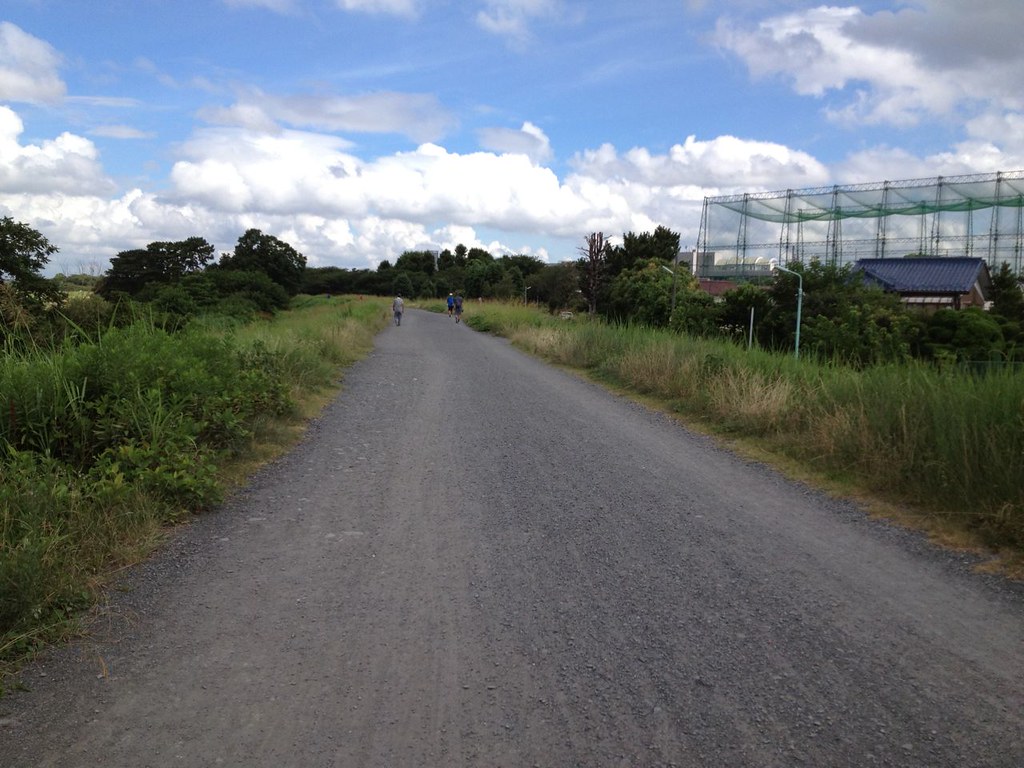

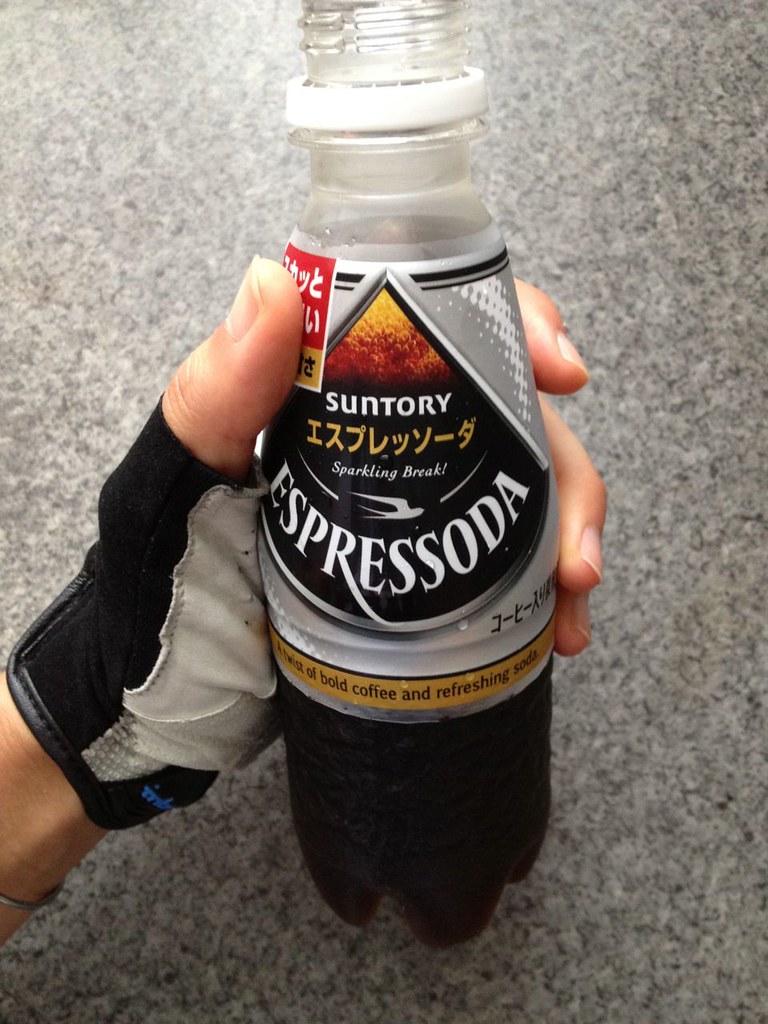
A Garmin, gravel, girls' magazines, and a delicious post-ride espressoda!
A few shots from the weekend, for those of you not on Instagram...




A Garmin, gravel, girls' magazines, and a delicious post-ride espressoda!
Leading me out...
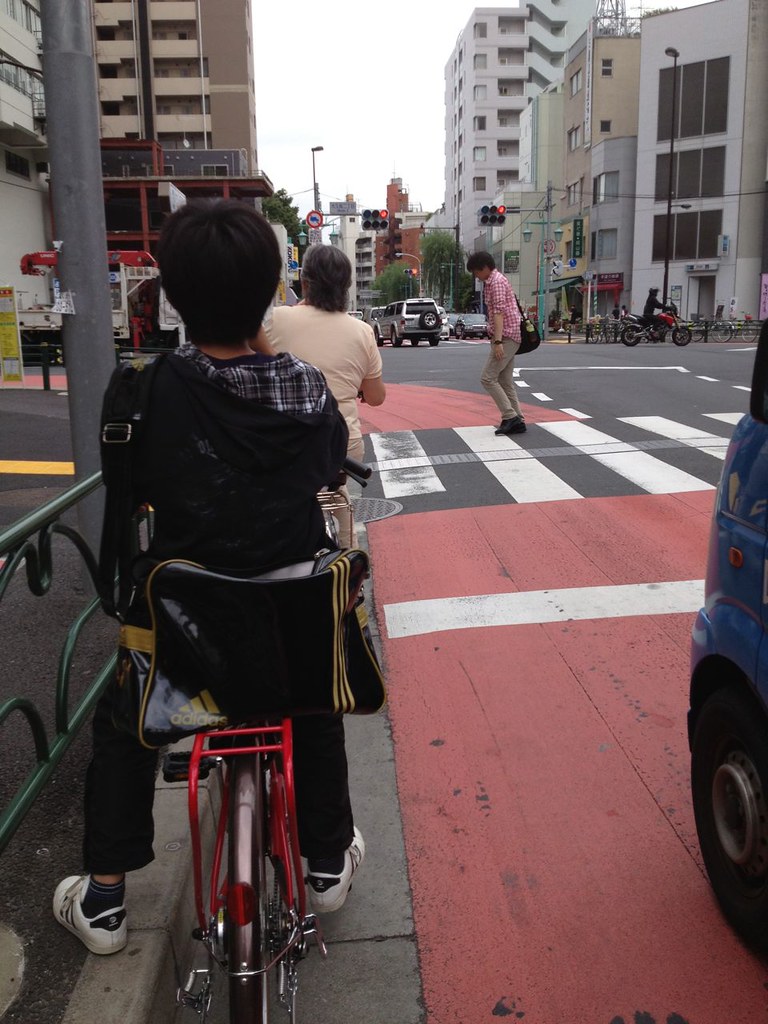
This little lady was an awesome pacer. Even knew not to coast!
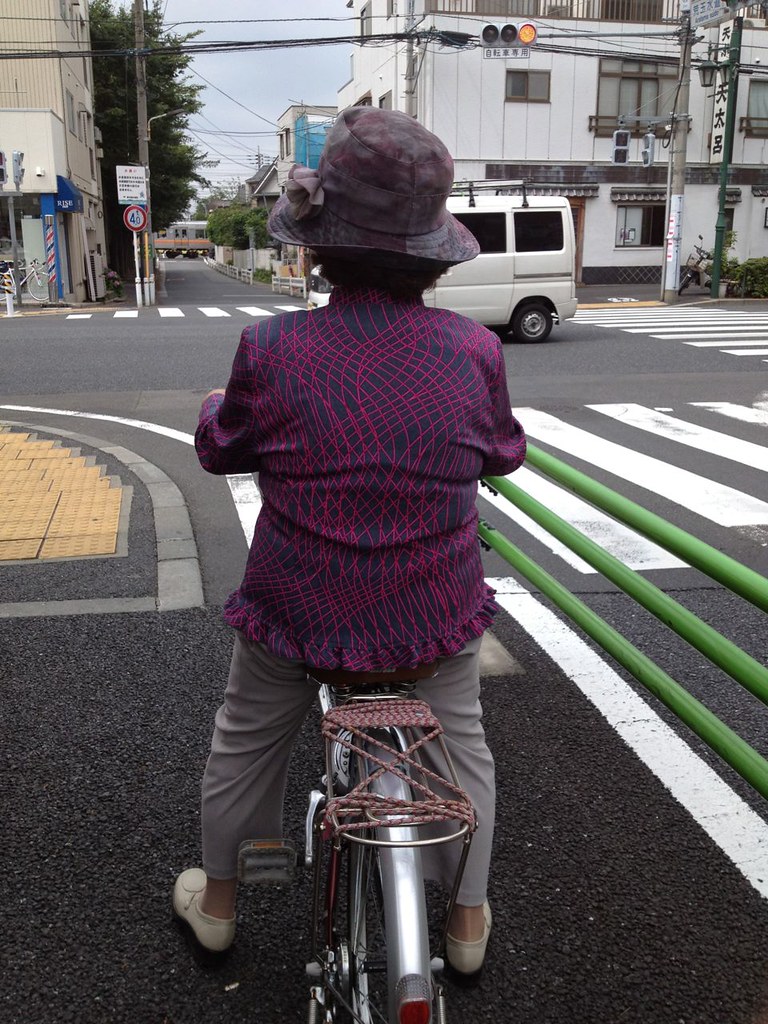
Post-ride beers...?

The situation unfolded when attempts at coherent thought through the written word were thwarted due to a computer so old it has a battery life that defies the natural progression of time. Shutting down within minutes, the computer simultaneously tempted me to kill it for good while forcing me to appreciate the irony of mere minutes of “life.” The swiftness with which my screen blackened was unexpected and I stared dumbly at the forced hiatus for several seconds before turning my attention to a gadget that had a stronger ability to cling to its internal stores of electricity.
It was then that he turned to me. “What are you reading?”

The answer should have been easy enough: state the title of the book and return with pointed disinterest to my cup of unremarkable coffee and Kindle. But I fumbled, unable to recall completely the title of the book, and sensing some sort of obligation to be polite, asked him what he was reading. As he talked about “spiritual materialism,” drawing out the conversation further, my mind was racing. In response, I also, most inconveniently, started sweating. The back of my neck and armpits became moist and my face got hot. My panicked response must have appeared to be active blushing, and the perpetuation of this misinterpertation made me sweat even more. My body language obviously wasn’t working, resulting only in the stranger taking the liberty to touch my arm and make depressingly predictable jokes. Where were my headphones? I was internally screaming. Where was whatever gadget/thing/tool that would allow me to get back to my book in a disinsterested “no, thank you”? Where the hell did that thing disappear to?
There is no such thing, of course, but it would have been handy. Unable to extract myself from the situation I was in part respnsible for, I started to pack my things away with deliberation, hesitant to leave and hoping he would get the point. I glanced around for help, sending out telepathic messages to everyone I knew to call me so I could excuse myself. The conversation, according to my fantasy, would start with an enthusiastic “hey babe, I was waiting for you to call...”, no matter who was on the other end. Explanations could come later; they’ll understand. As my phone remained dead and blank, I caught the eye of the guy across the communal table from me, and nearly mouthed “help me,” while channeling “SOS” messages into his retinas. He didn’t get it, as he glanced away, either in disbelief that I was blushing at this guy who had pecs bigger than my boobs or that I was desperate enough to engage this amateur bodybuilder in conversation. My legs started to sweat.
I tried to tell myself it was from my ride earlier, some sort of delayed reaction to doing more miles than I’m used to. But it was simple discomfort morphed into panic, a reaction to an awkward situation which I failed to take in stride, ultimately resulting in my hasty departure and vows never to return to that particular Starbucks. At least for the next few days.

This sometimes immature desire to escape uncomfortable situations is, I think, hardwired into most of us. It’s part of our self-preservation when gut instinct tells you to get the hell out of wherever you are. A healthy, Paleolithic anticipation of “something here is very fucked.” Social concepts like being polite and not being a jerk have muted the warning, but it still kicks in when a Steve Buscemi lookalike starts rubbing himself against you at a dive bar. It’s helpful in that way, and thus, can be a good thing. But when efforts to avoid discomfort have you grappling your bike as if in a bar room brawl [but with an inanimate object], something might be very wrong.
It’s not that riding a bike should always be comfortable. Anyone who has done over 5 miles will know that it can hurt, and that that pain tends to stay consistent as more miles are logged. And it’s not just the physical discomfort of pain that’s involved when you take up this peculiar sport of balancing on two wheels for slightly ridiculous amounts of time. There are clipless pedals to get used to, aggressive geometry to adjust to, and if you’re tall enough, speed quiver to hold down with your knees. We voluntarily sit on fabricated contraptions that can throw you into traffic, fold over onto itself at the introduction of a pothole at high speed, or simply fail to function. Hate all you want on triathletes, but given all of the above, you have to admit that it takes a special kind of person to insist on riding aerobars in open traffic.
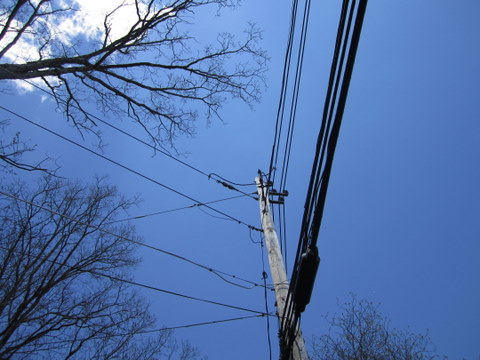
But it’s what makes cycling so unique. That loss of control; that conscious stifling of a natural aversion to potentially life-threatening activities. The latter’s not hard. Once you figure out that you like cycling, your mind usually rationalizes it for you: “I could die, but potential for fun is clearly outweighing that small, almost insignificant risk.” The former, well, that’s the harder one. Because “learning how to be comfortable on a bike,” doesn’t mean positioning, posture, or learning how to turn without your mind screaming “TOE OVERLAP!!!” It’s learning how to get comfortable with the instability of the whole thing. It’s relaxing and letting go, and sometimes saying “well, fuck it, my face is going to rub pavement today.” Because in a lot of ways, that discomfort is always going to be there, the one that will rear its goose-bumpy head every so often, no matter how pro you might be.
My lack of claim to anything pro [other than my bike, perhaps] means I get to experience this discomfort regularly. Tight swerving around potholes or turning right [or, okay, turning at all] sometimes induce a little mental hyperventilation. This is in part due to some psychological extrapolation in which I’ve convinced myself that I’m actually 10 feet higher off the ground when I’m on a bicycle. Turning means that I will surely topple over and crush that rear derailleur that I can’t afford to replace. Neither make sense, but it adds a lot to my fear of falling.
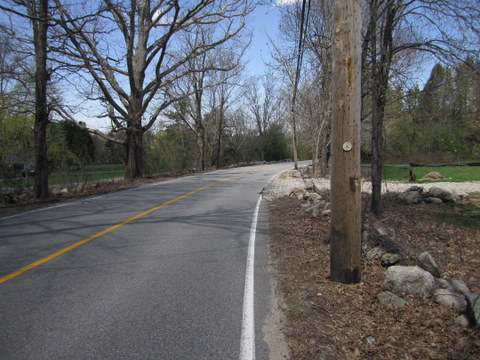
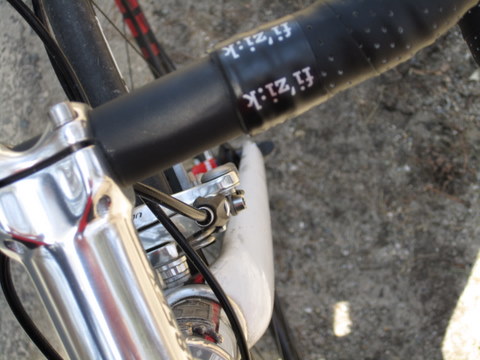
But even so, the simple realization that it can be a rough ride have peeled back my grip on the handlebars. I try to keep my shoulders down and both feet clipped in when making quick turns. Hands rest more easily on the bars now, and when I’m brave, I’ll ride with my forearms on the bars, fingers dangling towards my cables. I’ve put my faith and the integrity of my face into my bike, and try not to fight it so much. It can be an awkward dance, but I think I might be stepping on my partner’s pedals a little less.
Still, there’s a lot to learn. On a ride a few days ago, I caught up with a guy in fluorescent yellow, dressed in full-length tights in the nearly 60F weather. He veered near the double yellow line on the narrow road at one point, and put a glove to his front tire, then the back. “There’s a lot of glass over there,” he said, looking over to where I was riding. I wasn’t sure if he was just showing off, but secretly impressed, I attached myself to his wheel when he was done. He spun a bit awkwardly in his smallest gear as the chip seal shook our bikes, pushing up the small inclines. In my big ring and desperately trying not to let our wheels overlap, I glanced up...to see his saddlebag swinging under his saddle like an extra scrotum. I bit my lip as it swayed and bobbed and bounced.
A new kind of discomfort, but maybe not an unwelcome one.
Exhibit A: giant chunk of glass
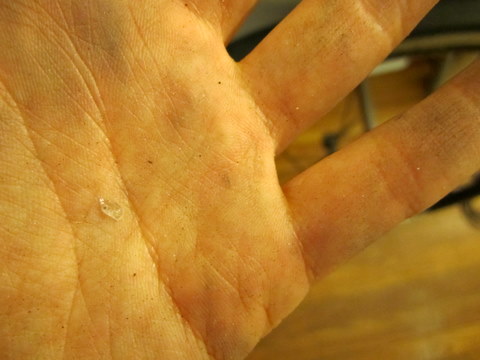
Please excuse the dirty hands.


Most festive front yard sighted. There was a close second, but all the cute little holiday pairs made this one my favorite [those penguins are so cute!].
Happy Holidays!